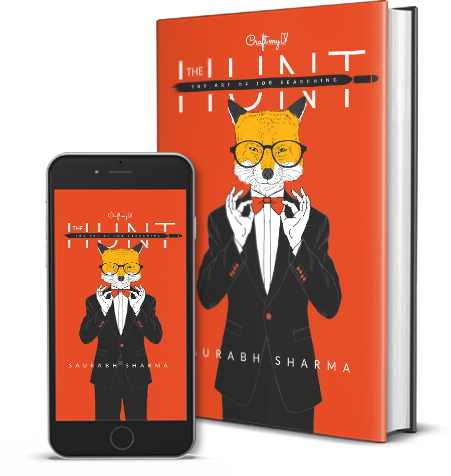The primary purpose of your resume is to tell a story about who you are, what you can do and what you have done. However, very few people realize that their resume format should showcase their specific skills and experience so that the recruiters take notice.
Now, a part of creating an effective resume is to choose the right format for resume to convey your personal story. A resume template is like a blank form in which you fill your details, skills, education and work experience. An excellent job resume format is usually easy-to-read, understandable and catchy.

Which is the best format for a resume?
Generally, people get misled by the fact that the same kind of job resume can fit all the jobs. But it’s not true as almost all the roles differ from each other, depending on the employer’s requirements.
There are multiple ways to format your resume, which can help you draw attention to your strengths. Some of the commonly used formats are listed below:
- Reverse-chronological format
- Functional or skills-based format
- Combination or chrono-functional format
Amongst the best formats for resumes available online, choosing the right one may be confusing. However, our guide will help you clear the clutter and pick the perfect format suitable for your role.
Different formats – Uses, pros and cons
1. Reverse-chronological format
This resume format is commonly used and is one of the simplest ones to create; hence, it may seem very ordinary. It places more emphasis on the work experience segment. The details are listed in order where the recent experience is on the top oldest experience is at the bottom. This layout places the work-experience section before education and skills.
Pros:
- It’s guaranteed to go through the Application Tracking Systems (ATS) most companies use to scan resumes.
- It also highlights the peak of your career.
Every resume in large organizations is scanned and filtered by machines first, and then read by humans.
Cons:
- Not an ideal job resume format for career changers.
- Significant gaps in the work-history and in-stability factor gets highlighted, creating a negative impact.

2. Functional format
This format can also be referred to as a skills-based format. It puts more emphasis on skills which are relevant to the job rather than on the experience. However, it is the least used format these days and won’t get you far.
Pros:
- It takes the focus off your experience and places it on your skills.
- For non-traditional industries, it’s an excellent creative resume format.
Cons:
- An instant red-flag as it is not easy to scan by ATS.
- Higher chances of your resume getting rejected based on the ATS scan.
3. Combination (Chrono-functional) format
Yes, you guessed it right! This resume format is a lethal combination of the reverse-chronological and the functional format. You can call it the best of both worlds as it emphasizes your skills as well as the experience. However, you won’t have much room left for other sections.
Pros:
- It showcases your most relevant skills and validates your experience.
- It is a suitable format for the employment-gapers with several years of relevant experience.
Cons:
- It is suitable only for the candidates who primarily aim to target a specific position.
- It is one of the most challenging formats to create appropriately.
How can CraftmyCV help?
CraftmyCV is an online resume-builder tool with smart ATS features. Our product is compatible with mobile phones and helps you in creating distinctive resumes effortlessly. We also have the best formats for resumes on our website, which will help you enhance your overall skills and experience. To discover several spectacular resume formats and cover letters, visit our page today by clicking here.

Leave a Reply